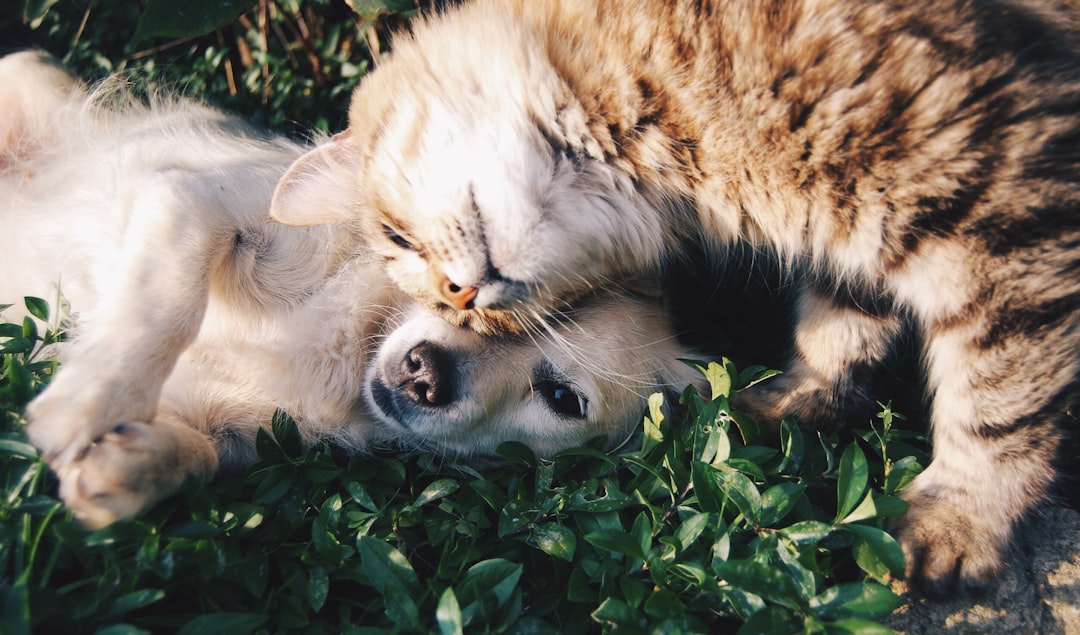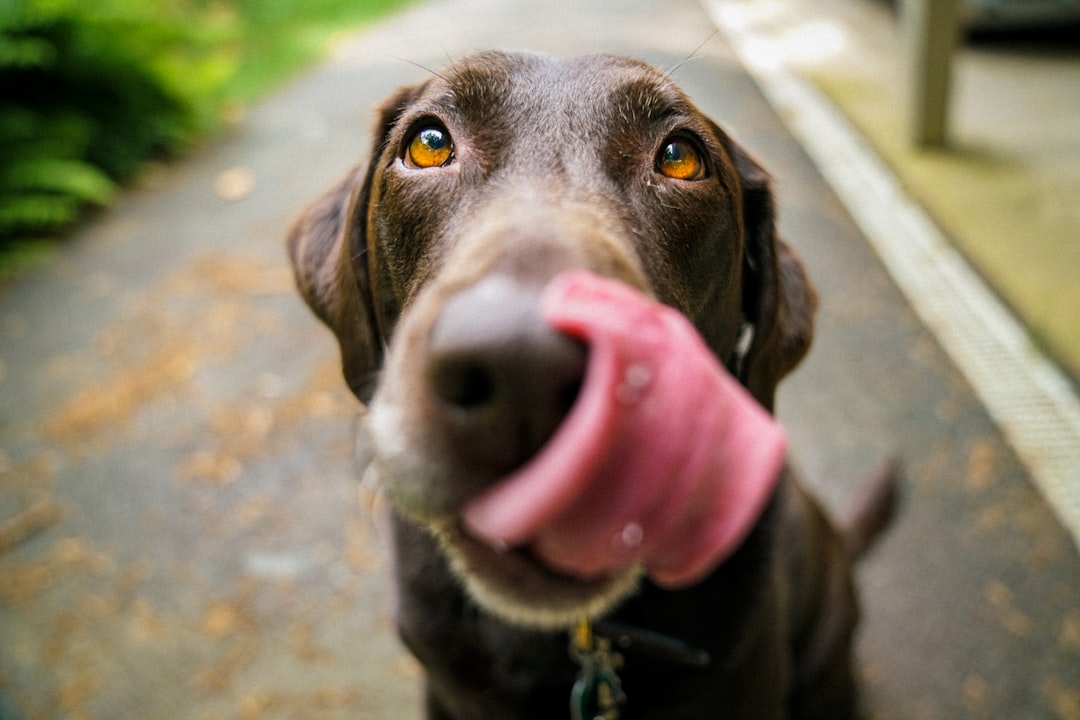Understanding and Managing Female Dog Aggression: A Comprehensive Guide
A comprehensive guide to understanding and managing female on female dog aggression, including causes, signs, preventive measures, professional assistance, risks, and recommendations.
Overview of Female on Female Dog Aggression
Female on female dog aggression is a multifaceted issue that can be influenced by various factors, including genetics, resource competition, and socialization [4]. Genetics can predispose female dogs to aggressive behavior, with certain breeds being more prone to displaying such tendencies. For example, some breeds have been historically bred for guarding or protection purposes, which can manifest as heightened aggression towards other dogs, especially females. Additionally, individual temperament plays a significant role, as some dogs may naturally have a more assertive or dominant disposition, leading to conflicts with other females in the household.
Moreover, competition for resources like food, toys, attention, and even sleeping areas can trigger aggressive encounters between female dogs. For instance, if one dog feels that her possessions are being threatened by another female in the household, it may result in defensive or possessive behaviors escalating to aggression. Furthermore, inadequate socialization during a female dog’s critical developmental period can contribute to aggressive tendencies. Dogs that have not been properly exposed to various stimuli, environments, and social interactions during their formative months may struggle to communicate effectively with other dogs, increasing the likelihood of misunderstandings and conflicts that can lead to aggression. Recognizing these underlying causes is essential in addressing and managing female on female dog aggression effectively.
Causes of Female Dog Aggression
Genetics play a significant role in predisposing female dogs to aggressive behavior, which can be influenced by their breed and individual temperament. For instance, certain breeds may have a higher tendency towards aggression, while individual personality traits can also contribute to how a female dog responds to various stimuli. Moreover, competition for resources such as food, toys, or attention can be a common trigger for aggression between female dogs. This competition can arise when two female dogs perceive a scarcity of resources in their environment, leading to conflicts and potential aggression.
In addition to genetics and resource competition, the lack of proper socialization during a female dog’s critical developmental period can also play a role in the manifestation of aggressive behavior. For example, if a female dog did not have adequate exposure to other dogs, humans, or different environments during her early stages of life, she may struggle to interact appropriately with other dogs, especially females, later on. This lack of socialization can result in misunderstandings, miscommunications, and ultimately lead to aggressive encounters between female dogs. Therefore, a combination of genetic predispositions, resource competition, and socialization experiences can all contribute to female dog aggression in various contexts.
Signs and Symptoms of Female Dog Aggression
Understanding the signs and symptoms of female dog aggression is crucial for pet owners to maintain a safe environment for their pets. In addition to physical cues like stiff body posture and raised fur, behavioral indicators such as growling, snapping, and biting can signal underlying aggression. Observing prolonged staring or intense eye contact between female dogs can also be a warning sign of potential conflict. For example, if one female dog consistently blocks the other’s access to food or toys, leading to defensive postures or vocalizations, it may signify escalating aggression that needs to be addressed promptly.
Moreover, recognizing the triggers that elicit aggressive responses in female dogs is key to preventing conflicts. Common situations like competition over resources such as food, toys, or attention can spark aggressive behaviors. It is essential for pet owners to pay attention to specific contexts where aggression tends to occur, allowing them to implement proactive measures to manage and diffuse potential confrontations. By being attuned to these signs and intervening early, pet owners can create a harmonious environment and reduce the risk of aggressive incidents between female dogs.
 Preventive Measures and Behavioral Strategies
Preventive Measures and Behavioral Strategies
When addressing female on female dog aggression, implementing preventive measures and utilizing behavioral strategies can significantly impact the well-being and harmony within a multi-dog household. Positive reinforcement training techniques have been proven effective in modifying aggressive behaviors among female dogs, encouraging positive interactions and reinforcing desired behaviors. By rewarding good behavior with treats, praise, or toys, female dogs can learn to replace aggressive responses with more appropriate actions, fostering a calmer and more cooperative environment.
In addition to training, providing each female dog with their designated space, resources, and individual attention is essential in minimizing conflicts and reducing aggression. For instance, creating separate resting areas, toys, and feeding stations for each dog can prevent resource guarding and competition, which are common triggers for aggressive incidents. Moreover, establishing a consistent routine of exercise, mental stimulation, and structured activities can help alleviate stress and boredom, decreasing the likelihood of aggressive outbursts. For example, engaging in daily walks, interactive play sessions, and training exercises not only provides physical and mental stimulation but also reinforces positive bonding experiences between female dogs, reinforcing their social skills and reducing tension.
 Seeking Professional Help for Female Dog Aggression
Seeking Professional Help for Female Dog Aggression
When dealing with female dog aggression, it is crucial to seek professional assistance from certified individuals such as dog behaviorists or veterinarians who specialize in behavior. These experts can provide personalized strategies and guidance tailored to the specific situation of aggression between female dogs. For instance, a dog behaviorist may recommend implementing behavior modification plans that address the triggers and dynamics leading to aggression, resulting in more effective outcomes.
In more severe cases of female dog aggression, professionals may suggest additional interventions like medication or hormone therapy alongside behavioral strategies to tackle the root causes of the aggression. By consulting with these experts, pet owners can gain valuable insights into managing and mitigating aggressive behaviors in their female dogs, ultimately fostering a safer and more harmonious environment for all pets involved.
Risks and Consequences of Female Dog Aggression
Female dog aggression can pose significant risks and consequences, not only for the dogs involved but also for their owners. When female dogs engage in fights, the injuries sustained can be severe, ranging from superficial scratches to deep puncture wounds that may require veterinary intervention. These physical consequences are not only painful for the dogs but can also result in emotional distress and trauma, affecting their overall well-being and quality of life.
Moreover, the long-term effects of aggression between female dogs can be profound. It may lead to the development of persistent behavioral issues such as fearfulness, anxiety, and reactivity towards other dogs or even humans. This can create a stressful environment for both the dogs and their owners, impacting the bond between them and diminishing the overall happiness and harmony in the household. Recognizing and addressing female dog aggression promptly is crucial to prevent further escalation of conflicts and ensure the safety of all pets involved.
For pet owners dealing with female dog aggression, seeking professional help and guidance is highly recommended. Certified dog behaviorists or veterinarians specializing in behavior can provide tailored strategies to manage aggression effectively. These experts can create behavior modification plans that address the specific triggers and dynamics of the female dogs, leading to more successful outcomes in reducing aggressive behaviors. By taking proactive steps, implementing expert advice, and intervening early, pet owners can foster a peaceful and secure environment for their female dogs, promoting their overall well-being and happiness.
 Conclusion and Recommendations
Conclusion and Recommendations
Understanding the dynamics of female on female dog aggression is essential for pet owners to effectively manage and prevent conflicts between their pets. It is crucial to recognize that genetics can play a significant role in predisposing female dogs to aggressive behavior, making it vital for owners to be aware of their dogs’ breed tendencies and individual temperaments. For instance, certain breeds may have a higher likelihood of displaying aggressive behaviors, requiring owners to approach training and socialization with added caution and expertise.
In addition to genetic factors, competition for resources can be a common trigger for aggression among female dogs. Owners should ensure that each dog has access to their own food, toys, and attention to minimize potential conflicts. For example, providing separate feeding areas and playtime with each dog can help reduce the chances of resource-guarding behavior and subsequent aggressive encounters. By being attentive to the needs and boundaries of each female dog in the household, owners can foster a more harmonious cohabitation environment and prevent unnecessary confrontations.
Furthermore, seeking professional assistance from a certified dog behaviorist or veterinarian specializing in behavior is crucial for cases where aggression persists or escalates despite preventive measures. These experts can offer personalized behavior modification plans tailored to the specific triggers and dynamics of the female dogs involved, leading to more effective outcomes in managing aggression. By combining professional guidance with proactive strategies and early intervention, pet owners can significantly improve the quality of life for their female dogs and create a safe and peaceful living environment for all pets involved.


 Preventive Measures and Behavioral Strategies
Preventive Measures and Behavioral Strategies Seeking Professional Help for Female Dog Aggression
Seeking Professional Help for Female Dog Aggression Conclusion and Recommendations
Conclusion and Recommendations